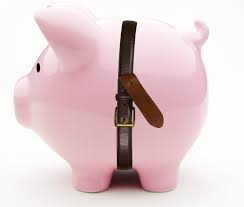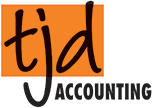Flow Charts Budgets And Staff
 What does a Flow chart do for your business?
What does a Flow chart do for your business?
Flow charts in business are a great tool for providing an overall picture of the separate steps involved in a sequential order.
Elements of the flowchart can include, sales processing, order fulfilment, shipping, sequences of actions, inputs and outputs of services and materials, decisions to be made, people and time involved at each step and process measurements already in place or yet to be implemented. It is a generic tool used in a wide variety of processes in the workplace.
A flowchart helps to develop an understanding of how a process is done, measure performance and areas of improvement, a guide for other users, project planner, problem solver and discovery of where communication is lacking between the people involved in the same process and to document the process procedures.
Challenge the need for each step. If you’ve done the flowchart, found that the process is no longer viable or necessary, then it may be time to change, scrap or design a new one.
Benefits of including staff in budgeting decisions.
Combined with the flow chart use ‘Bottom up’ budgeting or participatory budgeting which offers everyone in the office input on areas over which they have control, by setting their own goals and expectations of the budget within a set financial time frame. Employees are provided ownership of decisions and motivation to meet budgets that previously may have seemed unattainable or unrealistic when set by an employer who may not have much input with the day to day operations. This form of transparent operating within the business, when used to establish goals, initiatives and processes helps foster a positive atmosphere which in turn builds a productive work environment.
By giving your employees autonomy, flexibility and rewards whilst working in a transparent environment you are more likely to receive constructive advice when it comes to reducing costs and maintaining revenue. After all they’re the ones selling and delivering your ideas to the customers. If they don’t believe what they’re selling how will the customer?
Using your employees first hand knowledge to keep customers happy.
Businesses regularly seek feedback from customers after the sale has taken place, whereas staff receive this feedback straight away. Your employees have a great understanding of what the customer wants and needs and using their knowledge and seeking their advice can only help your business throughout every stage.
Happy employees make for happy customers equal to unhappy staff providing poor service to not just one but numerous customers. Investing in your staff and their input in your business flow charts and budgets, leads to a brand they love, loyalty and happiness. It makes sense to incorporate your staff into decisions.
TJD Accounting Services
319 Keilor Road
Essendon
VIC 3040
